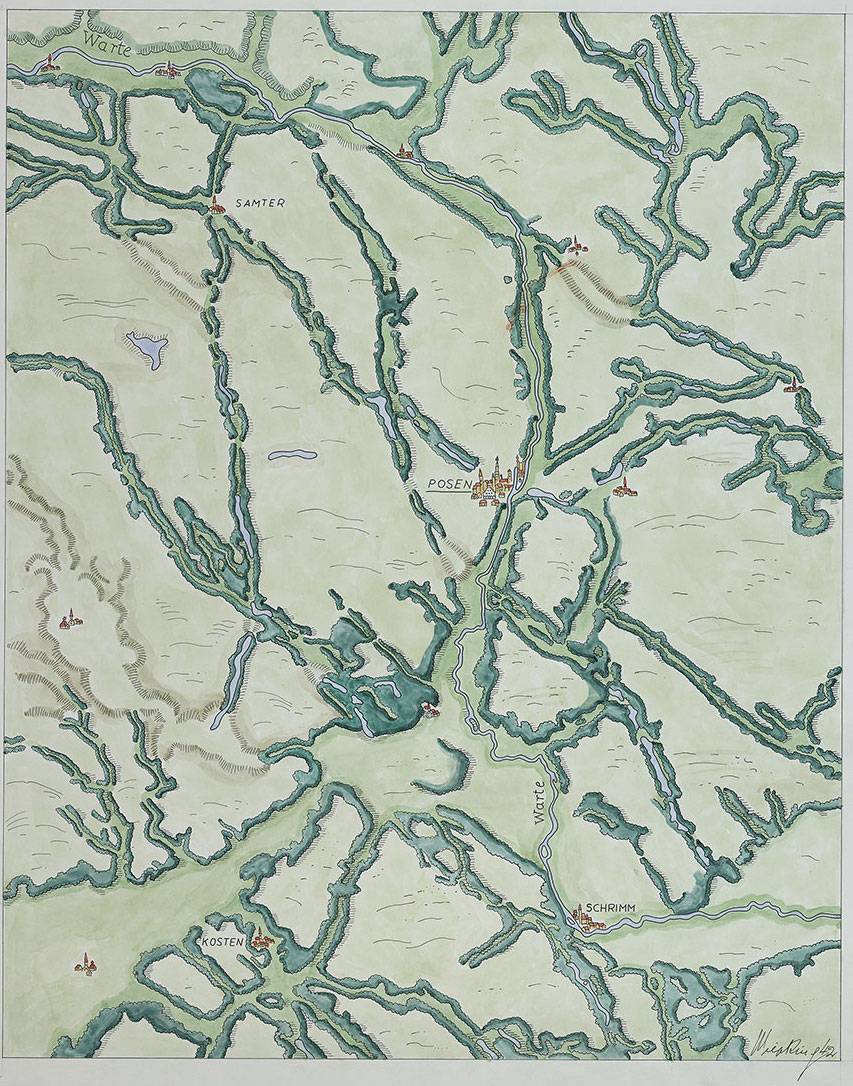Generalplan Ost

“In the East, we don’t only need German people, but also trees, forests, clouds, and rain.”
- Heinrich Wiepking-Jürgensmann
Backed by the possibilities of modern engineering and technology, the Generalplan aimed at a “total solution” concerning the new organization of the East, mirroring Konrad Meyer’s call for a “total perspective” of planning. Most prominently,theseplans included the installation of German rule and a far-reaching colonizing agenda, envisioning the settlement of around 5.5 million German colonists in the occupied areas over twenty-five years. This also entailed displacing non-Germanic populations to Siberia or sending them to labor and death camps, as the land was to be “Germanized” comprehensively. A 1941 book on German rule in the East stated bluntly that no Pole or Jew was to remain on German soil. Complementary to these ethnic cleansing policies, the RKF plans for the East also included far-reaching designs for architectural, agricultural, and environmental transformation, which would ultimately serve as a model for reorganizing all landscapes in the new German Empire. In keeping with the general violence of Nazi rule, the plans to redesign the landscapes in the East called for prisoners and non-Germanic forced laborers to do the lion’s share of the required work. Taken together, the Generalplan was thus part of a synchronized masterplan of ethnic cleansing, colonization, slave labor, and landscape transformation—exemplified in the luridly radical SS volume Der Untermensch (“The Subhuman”), which justified German rule and violence by alleging the “everlasting will of the subhuman to return the land to desert” and the German ability to “put his [positive] mark on the landscape.”
| « Herman Sörgel |
